Wednesday, March 28, 2018
Margie Taylor, Canada's alpha book reviewer, gives David Foster Wallace the frozen boot.
It’s never a
good sign, it seems to me, when you’d rather unload the dishwasher than continue
reading a particular book. Or make that dentist appointment you’ve been putting
off. Or cut your toenails. Which, by the way, happens a lot in Infinite Jest,
the 1996 novel by the American writer David Foster Wallace. It was a
best-seller when it came out and continues to be, having sold more than a
million copies. “Sold” being the operative word here. I’m inclined to think
that it hasn’t been read, all the way through, by more than a million readers.
But I could be wrong.
Wallace is a
genius. That is, he was. In 2008, he hanged himself from a rafter of his house.
He’s been called “one of the most influential and innovative writers of
the last twenty years”. His writings have influenced Zadie Smith, Jonathan
Franzen, and George Saunders, to name just a few. He has a passionate, devoted,
and diverse following that includes The International David Foster Wallace
Society, “founded to promote and sustain the long-term scholarly and
independent study of David Foster Wallace’s writing”. There are David Foster
Wallace conferences and websites devoted to Infinite Jest. To say his
fans are legion is almost an understatement.
What I’m
saying is if you’re not already one of them – if you haven’t already read Infinite
Jest – here are 10 reasons not to start:
1.The book
is a joke: I like to
think I have a fairly well-developed sense of humour. I like a good joke as
much as the next person. But a joke that takes up 1079 pages – 96 of which are
footnotes – tends to wear a little thin. To give an example, let’s talk about
Eschaton, a game Wallace created for the purposes of the novel. It has a
ridiculously over-complicated set of rules. The chapter in which it is played
takes up 21 pages. There are people – real people, I mean – Wallace fans – who
have played this game, or a version of it. You can Google it. I cannot imagine
that anyone with anything else happening in their life, e.g. work, family, a
mortgage, toenails that need clipping, would have the time or inclination to
attempt it.
And pardon
me for sounding like a rube, but shouldn’t a joke have a punch line? Infinite
Jest has no punch line. No conclusion. It just . . . ends.
2.Lists: The author is addicted to them. At one
point he devotes approximately 600 words (I’m guessing, I didn’t count them) to
the hospitals, utility companies, waste displacement facilities and liquor
stores located in the town of Enfield, MA. Which is not actually Enfield at all
but a fictional stand-in for Brighton, MA. This is nothing, however, compared
to the gloomy radio host known as Madame Psychosis reading from a circular
distributed by the Union of the Hideously and Improbably Deformed:
“The
morbidly diaphoretic with a hankie in every pocket. The chronically
granulomatous. The ones it says here the ones the cruel call Two-Baggers – one
bag for your head, one bag for the observer’s head in case your bag falls off.
The hated and dateless and shunned, who keep to the shadows. Those who undress
only in front of their pets. The quote aesthetically challenged.”
3. The
Canadian factor: I can find
nothing in the literature that alludes to Wallace having a grudge against
Canadians. But there are constant, gratuitous references to his northern
neighbours, all of them unflattering. “Cultured Canadians tend to think
vertical digestion makes the mind unkeen.” “The Moms . . . has a rather
spectacular thumb, plant-wise, for a Canadian.” “[S]ome suicidal idiot or
Canadian”.
He’s
especially hard on Quebec, especially those living in “the blighted bowels of
southern Quebec”. Moncerf, Quebec, is “an asbestos-mining town ten clicks or so
from the infamously rupture-prone Mercier Dam”. The villainous Antitoi
brothers, Lucien and Bertraund, are “Canadians of the Quebec subgenus, sinister
and duplicitous but when it came down to it rather hapless political
insurgents”. Quebecois is a “gurgly, glotteal language that seems to require a
perpetually sour facial expression to pronounce”. “Sour” Saskatchewanites and
“far-rightist” Albertans are also mentioned but Quebec bears the brunt of the
venom. I’m assuming it’s part of the ongoing joke but, like everything in this
novel, it’s over the top.
4.
Chronology: Numbering
years from 1 to 100, 1900 to 2000 and so on has worked pretty well for most us
for quite some time. If you’re writing a piece set in the future, maybe just
avoid the year altogether – or choose one that will come to have some
significance: 1984, 2001, etc. In the near future of Infinite Jest, the
Gregorian calendar has been supplanted by a sponsorship arrangement – years are
known by the name of the sponsoring company. The years before this practice are
called “before subsidization”, or BS (ha ha). Most of the action takes place in
the Year of the Depend Adult Undergarment (YDAU); the other years are as
follows, in what I think is chronological order:
Year of the
Whopper; Year of the Tucks Medicated Pad; Year of the Trial-Size Dove Bar
(YTSDB); Year of the Perdue Wonderchicken; Year of the Whisper-Quiet Maytag Dishwasher;
Year of the Yushityu 2007
Mimetic-Resolution-Cartridge-View-Motherboard-Easy-To-Install-Upgrade For
Infernatron/InterLace TP Systems for Home, Office or Mobile; Year of Dairy
Products from the American Heartland; Year of the Depend Adult Undergarment,
and Year of Glad.
5. The
acronyms: Wallace
never met an acronym he didn’t love. Joelle Van Dyne, a.k.a. Madame Psychosis,
was the PGOAT (Prettiest Girl of All Time) before she was (possibly) disfigured
by acid and joined the UHID (Union of the Hideously and Improbably
Deformed). The USA, Canada and Mexico have joined to form the Organisation
of North American Nations, or ONAN (ha ha get it?). Les Assassins des Fauteils
Rollents (the AFR) are a subversive group of legless French-Canadian “wheelchair
assassins”. E.T.A. is the Enfield Tennis Academy, the setting for most of the
action; P.W.T.A. is the rival school, the Port Washington Tennis Academy; the
I.B.P.W.D.W. is the International Brotherhood of Pier, Wharf and Dock Workers.
I personally feel if Wallace could have gotten away with writing the entire
book in acronyms, he would have done so.
6. Dissing
other writers: Elizabeth
Harper Neeld’s Seven Choices: Taking the steps to new life after losing
someone you love was, according to Wallace, “352 pages of sheer goo”.
Harold Bloom writes “stupefyingly turgid-sounding shit”. Malcolm Lowry’s Under
the Volcano is “depressing”. John Updike, who Wallace once referred to as
“a penis with a thesaurus” is parodied in a film called Fun With
Teeth. Bret Easton Ellis is the “ghastly” author of American Psycho.
(To be fair, the loathing is mutual – Ellis has called Wallace “the most
tedious, overrated, tortured, pretentious writer of my generation”.)
7. Tennis: As Wallace writes, during one of the many,
many passages discussing the intricacies of the game, “It all tends to get
complicated, and probably not all that interesting – unless you play.” I don’t
and it’s not.
8. Suicide: Wallace was obsessed with “eliminating
your map”, as he refers to it in the book. When not actually killing
themselves, many of the characters are at least thinking about it. Dr. James
Incandenza, father of Orin, Hal and Mario, otherwise known as Himself, killed
himself by sticking his head in a microwave oven. (Wallace explains that yes,
it can be done, in theory.) Kate Gompert, a psychotically depressed young
woman, opts for suicide as a way to lessen her inner pain. Joelle Van Dyne,
a.k.a. Madame Psychosis, plans her suicide meticulously; in spite of cooking up
a lethal amount of cocaine, however, she’s found in time and recovers. A young
Czech tennis player killed himself after retiring. A successful junior tennis
player decides he’ll kill himself if he ever loses a match. He does, and he
does.
9. Notes and
errata: I have a
theory – untested but firmly held – that if you can’t tell a fictional story in
the body of the work, you’re probably not telling it properly. To the text of
his narrative, which is 981 dense, single-spaced pages, Wallace adds another
388 footnotes, covering 96 pages, most of which are irrelevant, uninteresting
or both. As an example, footnote 95 refers to c:\Pink2: “Pink being
Microsoft’s first post-Windows DOS, quickly upgraded to Pink2 when InterLace
took everything 100% interactive and digital; by Y.D.A.U. it’s kind of a
dinosaur, but it’s still the only DOS that’ll run a Mathpak\EndStar tree
without having to stop and recompile every few seconds.”
“Turgid-sounding
shit”, you say? Yes, I think so.
10. You
have, as far as we know, only one life. There are better ways to spend it.
Subscribe to:
Post Comments (Atom)

















































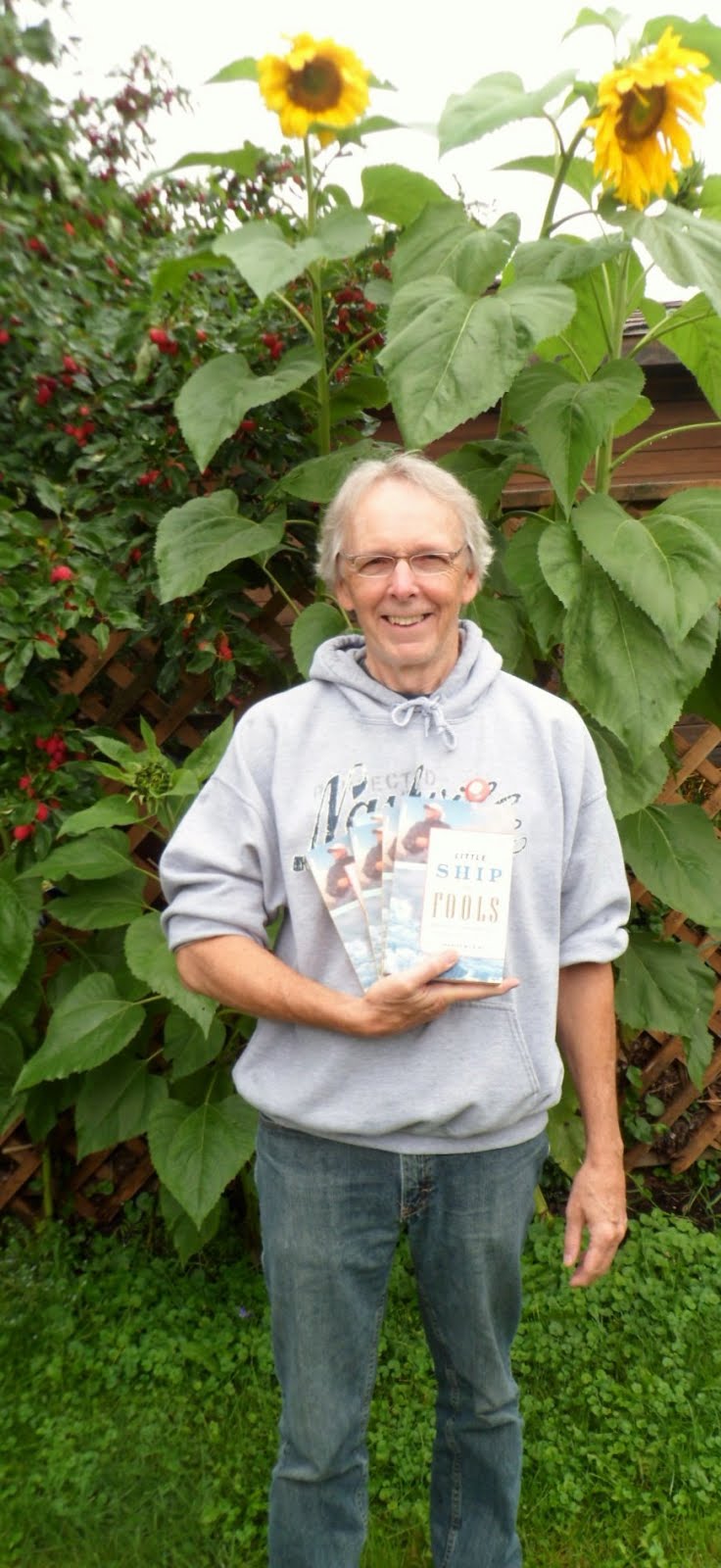





























































































































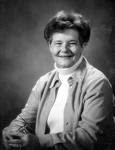



































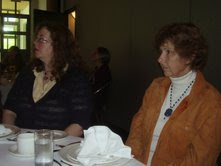



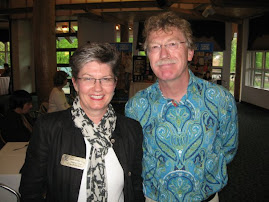




























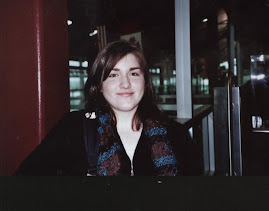


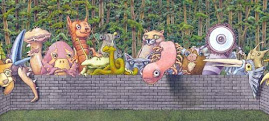














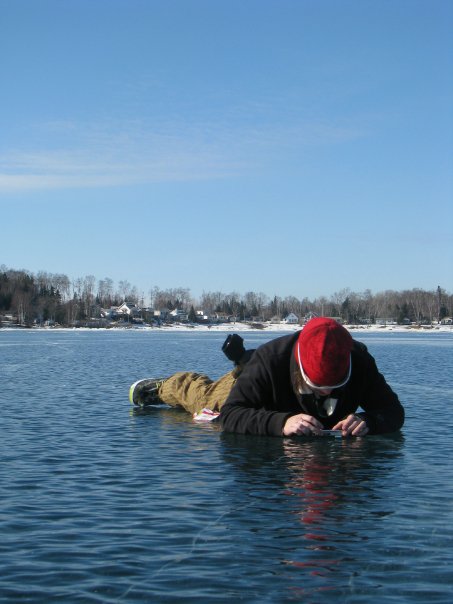
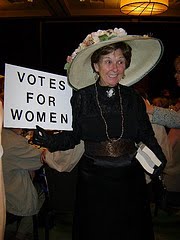


No comments:
Post a Comment